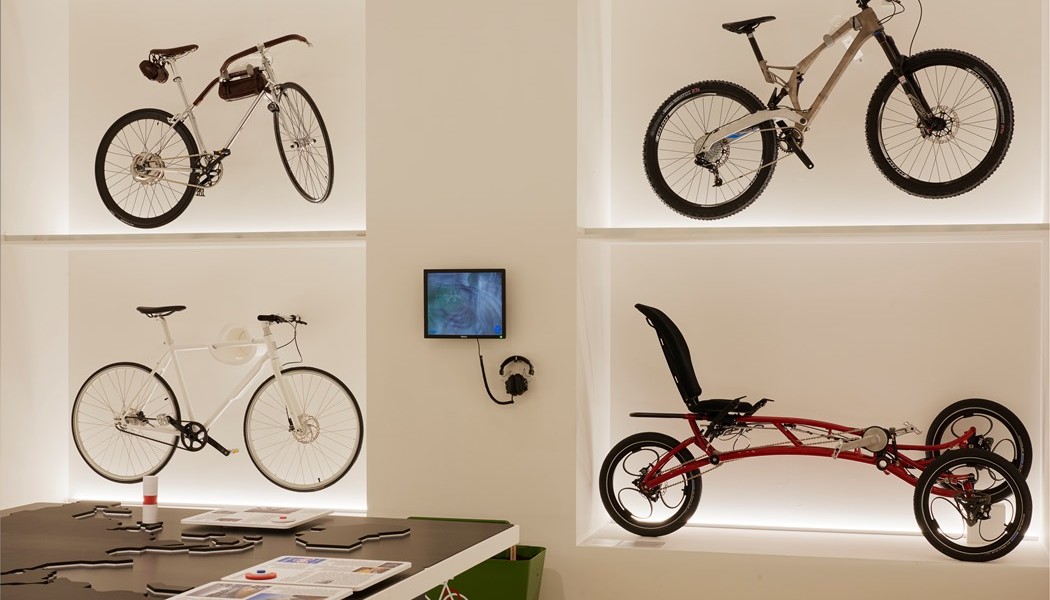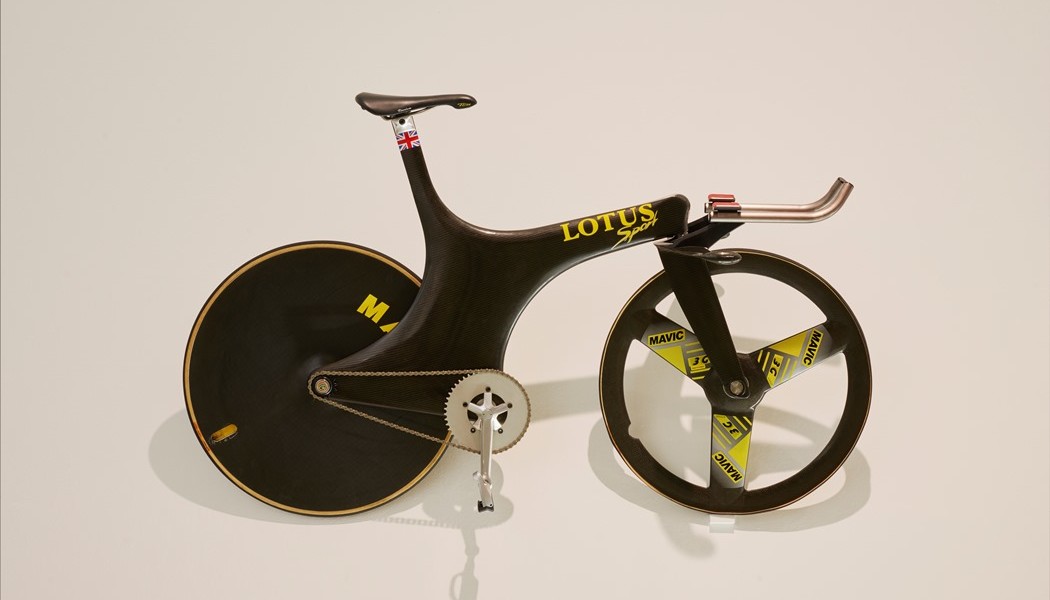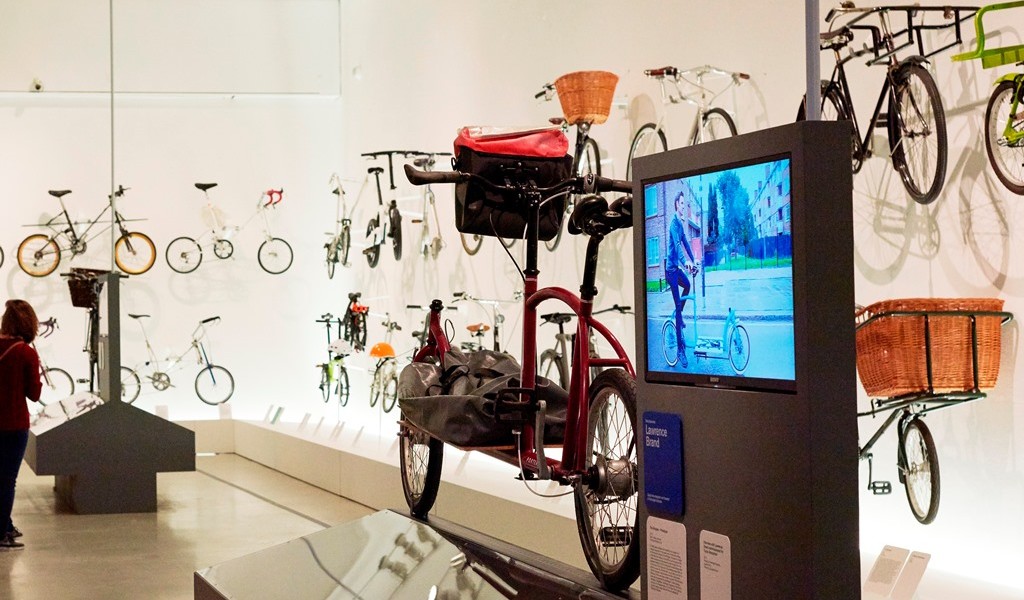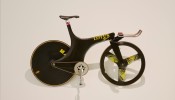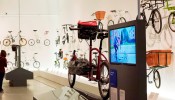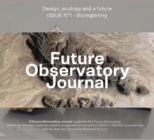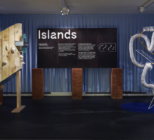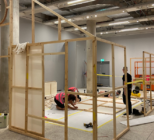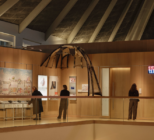Cycle Revolution will be the final show at the Design Museum in Bermondsey and after the exhibition closes on June 30 the museum will move across London to Kensington, where it is set to open in its new home, the former Commonwealth Institute building, in late 2016.
The Design Museum’s Cycle Revolution showcases famous bikes, the latest cycling innovations, and the voices of celebrated cyclists, both professional and amateur, to tell the powerful, personal and often remarkable stories of cycling today.
Bikes ridden by Chris Froome, Sir Bradley Wiggins, Sir Chris Hoy, Chris Boardman MBE and Eddy Merckx are on display alongside thoughtfully designed accessories, from folding helmets to reflective tweed jackets.
The exhibition recreates a bike builder’s workshop – showing the tools, materials and skills that combine to create a bespoke machine. Six independent British bike builders – Donhou Bicycles, Toad Custom Cycles, Hartley Cycles, Robin Mather Cycles, Mercian Cycles and Shand Cycles – are profiled through specially commissioned films, as well as bikes – some of which are being created specifically for the exhibition.
Cycle Revolution will navigate its way through contemporary cycling culture in four stages or ‘tribes’, each of which has an advocate chosen by the museum.
High Performers reach Olympic speeds, taking in track and road racing, and are led by Olympic and World Champion, Sir Chris Hoy.
Thrill Seekers take on all terrains on mountain bike and BMX, and are led by three-time winner of the UCI BMX World Championships Shanaze Reade.
Urban Riders pedal the city and are led by Lucy Granville, winner of the Design Museum’s global search to find the ultimate urban rider. Entries came in from Bangalore, Sao Paulo and Gothenburg, but Lucy is a Londoner who has been traversing the capital since birth, and says ‘My bike is my freedom pass. Riding is liberation, and sanity.’
Cargo Bikers work on two wheels and are represented by the designer of ‘the Bringley’, Lawrence Brand, who road-tested his prototype cargo bike by riding it alone and unsupported for 5,000km through Bulgaria, Turkey, Georgia, Azerbaijan, Kazakhstan, Uzbekistan, Kyrgyzstan, and on to the Chinese border, before setting up Porterlight Bicycles.
Highlights of the bikes on display include: Sir Bradley Wiggins’s 2015 Hour Record bike and 2014 World Championship Time Trial bike; a number of Team Sky’s Pinarellos from the 2015 Tour de France, as well as kit and equipment from the team’s 2015 Tour de France win; Sir Chris Hoy’s Great Britain Cycling Team London 2012 Olympic Track bike; the Lotus Type 108 ridden by Chris Boardman at the 1992 Barcelona Olympic Games; Eddy Merckx’s 1972 Hour Record bike; Francesco Moser’s 1984 Hour Record bike, loaned for the exhibition from the personal collection of Sir Bradley Wiggins; the earliest prototype Brompton in existence; a 1978 Breezer Series 1; and, of course, a 1969 Raleigh Chopper.
The final section of the exhibition, devoted to the future of cycling, looks at how designers, architects and urban planners in cities across the world have responded to the popularity of cycling and the demands it makes on the urban environment – from the Bjarke Ingels’ residential complex where you can cycle right to your front door to the Kolelinia Halfbike II, a compact vehicle which the user pedals standing upright.
The exhibition closes with a film of newly recorded interviews with high profile cyclists including Lord Norman Foster, Sir Paul Smith and Dame Vivienne Westwood, discussing their passion for cycling and hopes for its future.
Cycle Revolution runs until June 30 2016.
Main Image
Part of the exhibition is dedicated to the future of cycling with innovations such as this Arvak Bicycle designed by Paul Guerin and wood craftsman Till Breitfuss, which has a frame made from ash wood


